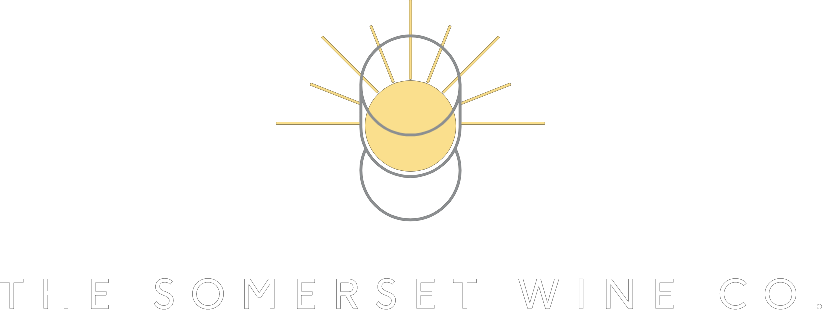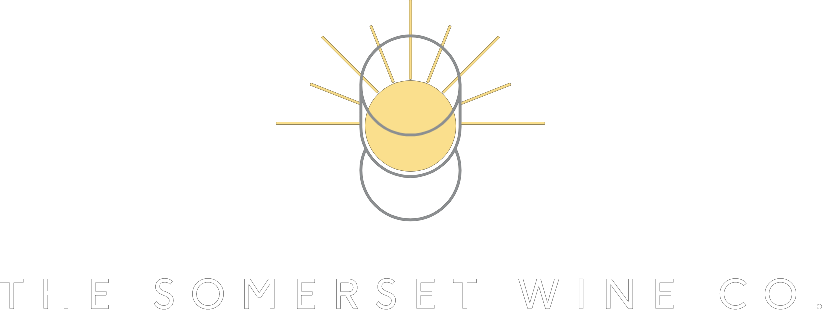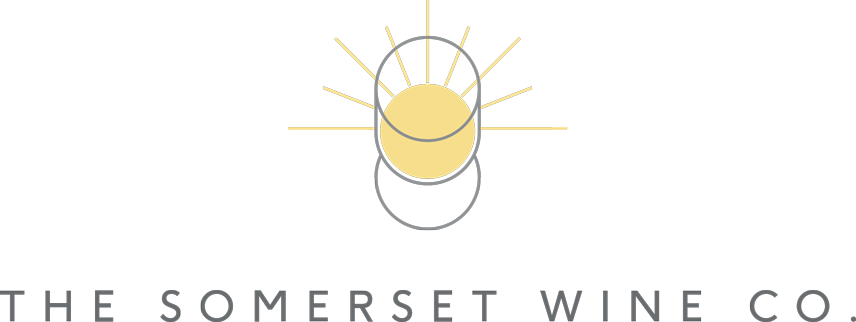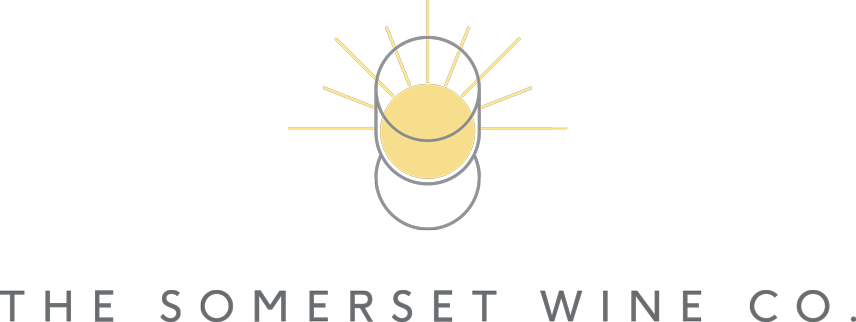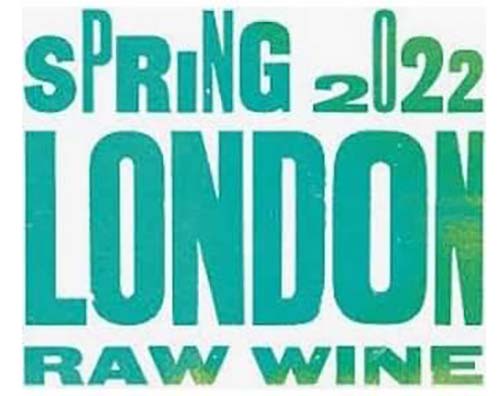Somerset Wine Co. at the Raw Wine Fair 14th May 2022
- 06 Jun 2022
- Camilla Wood

Somerset Wine Co. at the Raw Wine Fair 14th May 2022
by Dominic Gover, Retail & Development Manager
At the venue off the Strand there were approximately 100 producers of teas, ciders and wines crammed into a low-ceilinged modern hall. All exhibitors stick to a low intervention approach following the lead of the founder and first French female MW, Isabelle Legeron. Whilst clearly not consistent, the approach was largely focussed on a minimum of sulphur dioxide usage as well as an avoidance of non-organic pesticide and fertiliser additions in the field. Producers were arranged by country and I and my intrepid companion, Christian, both open minded refugees from high intervention chemical-addicted winemaking began in Georgia. This, it turned out, was a mistake as by the time we had cleared the second table, my palate was so overwhelmed by volatile acidity and Brettanomyces I bleated that I needed a side of chips. We decided to head straight for quality producers and France. In Roussillon, to my relief, we found clean complex wines (Soula) made from vines growing at 600m; a lot of producers, we learned, had vines that were depending on either altitude or else early harvest to maintain acidity and thus offer more protection to the wines.

Across the aisle in Burgundy, just behind Montrachet, is a young producer, Paul who uses Aligote, Pinot and Chardonnay and avoids the rules to produce vivacious, well-made wines at Ami. It was great to see a young producer who had started out buying in grapes, then renting plots of land and now owning his own blocks. He had thrown himself into a very venerable and conservative wine region with energy and a fresh perspective whilst also using some old tricks to manage the delicate dance of temperature control during vinification; he explained how he started fermentation with two thirds of the grapes inside the cellar and kept another vat of grape must outside overnight where the cool temps protected the must. The next day, this was then added to the fermenting vat inside, to help lower the temperature and avoid those heat spikes that lead to the yeast increasing production of acetic acid. When asked about SO2 use, his answer was, I suspect, the most honest of the day; “I use just enough”. It was a relief not to have been pitched into the high church of sulphur-free winemaking; clearly sometimes, with the right conditions and wine style, it is not always necessary to make SO2 additions during production although many admitted to adding a little at bottling. Paul said, candidly, that he leaves a glass out for a few days and that if he smells ‘mouse’ then he won’t bottle.
As we inched towards the Loire, opposite Paul, we lucked into a tall Scot, Andrew, who made us laugh as his eyes glazed over and he struggled to find the technical terms to passionately describe how using a mule to work the steep vineyards of the Priorat was hard work. I sympathised, knowing that if you spend long enough working in one language it isn’t always the easiest to render familiar terms back in your unaccustomed native tongue. A small producer clinging to vertiginous slopes, his and his partner, Paloma’s, was a labour of love with their white and red blends, being clean, well-articulated and full of character. The 100% Syrah was outstanding in its intensity, richness and generosity. Andrew said that I would likely receive a highly animated call from the absent Paloma. I also want to meet the mule.
We weaved back to France and arrived in Cab Franc heaven with Vincent Grosbois, a trim passionate vigneron who works his patch of the Loire with his brother, together both toiling in the vineyard and the cellar (why is there a separation?). We were treated to a lateral and vertical tasting through the vineyard blocks of 100% Cab Franc. All different, minimal oak, all very good with one, Clos de Noyer, so outstanding that, at the end of the fair, we returned with the air of groupies just to convince ourselves that we hadn’t imagined a remarkable hit of raspberry freshness cutting through the structured elegance.
Another producer, who I think actually slept with his vines, explained when we commented on the acidity of his wine, that he harvested early at around pH 2.8 (Champagne sits around pH 2.9). Clearly this was his way of managing problems in the cellar as, at this level of pH, not much microbial action was going down. He sold his wine in earthenware bottles; expensive and is definitely one for the hip poseur wine buyer.
As we ventured towards Lazio one woman explained that she knew nothing about the wines as her Italian winemaker friend had asked her to stand in at the last moment; he had got to the airport and realised that an identity card was not sufficient to get into England; Brexit or no Brexit, even she said that he needed to get out more.
Continuing north to Piemonte, Lapo Berti, an eccentric Piemonte producer with blond curls and a permanently perplexed look, offered us Nebbiolo in the Langhe and Barolo iterations; tight, intense and teasing in the old Barolo style, he matched his wines, like an owner and their dog. When asked about price he looked even more perplexed and mumbled defensively that prices were going up all the time.
Whilst Grosbois, in the Loire, definitely felt like a peak, more rummaging and occasional swerving unearthed fascinating wines as well as insights into what was, essentially, old school low intervention winemaking from the use of animals through to following phases of the moon to mixed agriculture and so on. Many were likely followers of Rudolf Steiner and biodynamic practices but all the producers were absolutely passionate and dedicated and this fervour ran through the fair without being oppressive or dogmatic. The prices of the wines, though, did highlight the difficulty of making wine that could compete in the highly democratic economy of the wider wine marketplace. However, a few of the wines I would be very happy to promote, even at the upper price brackets, as true expressions of vines, the spirit of the people who work them and the land that nurtures them.
The Deli Castle Cary
Pitchings House
Castle Cary
Mob: 07717 396635 Shop: 01963 548228
E: info@somersetwinecompany.com
Deli: charlie@thedelicastlecary.co.uk
Opening Hours: Mon - Sat 9am - 6pm
All other times by appointment
www.somersetwinecompany.com
www.facebook.com/SomersetWineCompany
Twitter: @somersetwineco
Instagram: somersetwineco
LUX Guide 2017 'Best West Country Wine & Spirits Purveyor'
Runner Up as 'Newcomer of The Year' in the Drinks Retailing Awards 2016
Finalist in Muddy Stilettos 'Best Somerset Wine Merchant' 2016 & 2017
